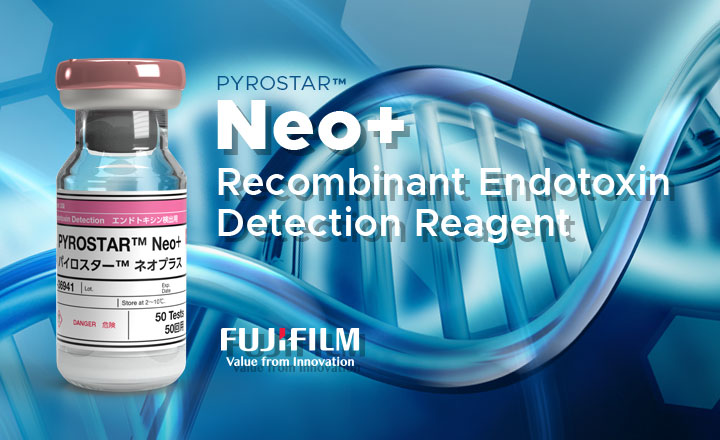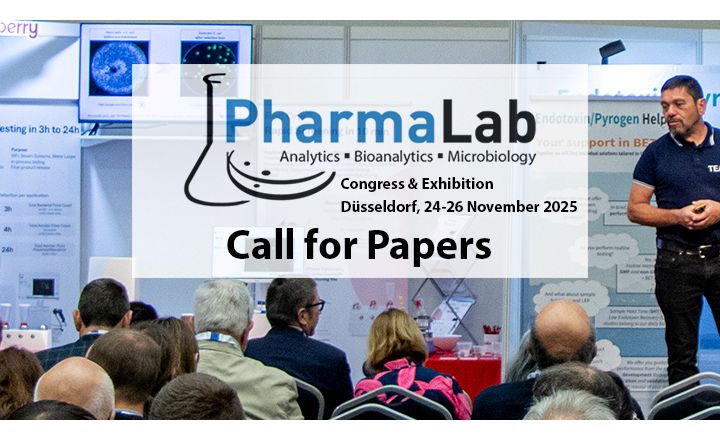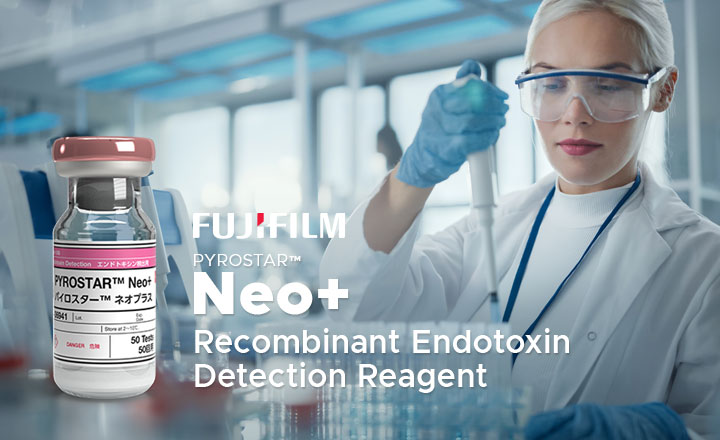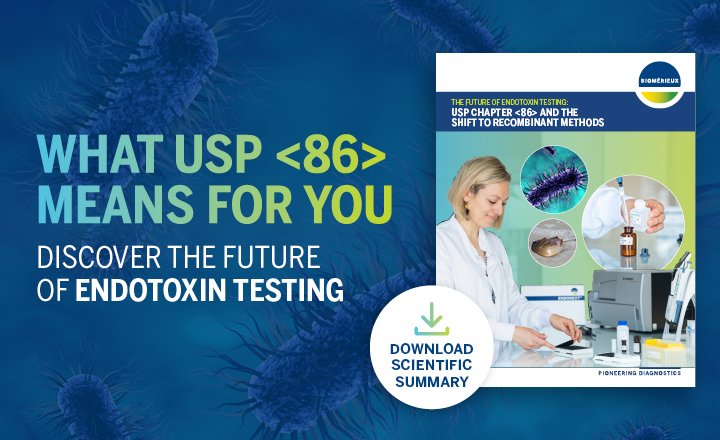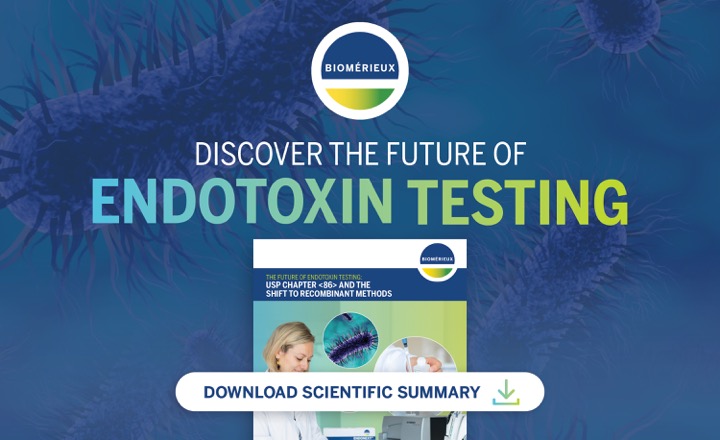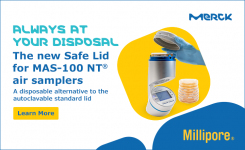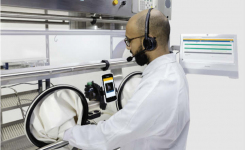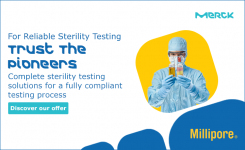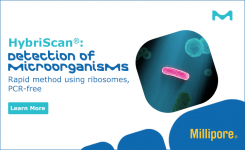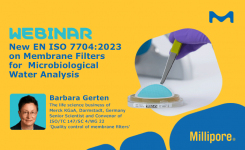
Pyrogens…a hot story Adverse reactions to parenteral preparations have been described as early as the late 19th century, frequently termed “injection fever”. The first fever causing agents, “pyrogens”, were identified in 1912 by Hort and Penfold, who were also the first to design a pyrogen test based on injection of material into rabbits. At that time, the pyrogenic agent was identified as endotoxins included in preparations of gram-negative bacteria. Interestingly, it was shown that live and dead microorganisms presented the same pyrogenic potential.
In the following years, it became more and more clear that sterility is not necessarily equal to apyrogenicity, which led to the inclusion of a pyrogen test in the 12th edition of the United States Pharmacopoeia (USP) in 1942.
Due to their stability, endotoxins can be very difficult to remove by classical bactericidal procedures such as heating or filtration. This made control of the whole production process necessary, especially for the water used, as this water was frequently found as source of pyrogenic contaminations.
The high number of pyrogen tests on rabbits and the variable sensitivity of that test system (e.g. by development of pyrogen tolerance in rabbits after repeated injections) made development of alternative tests necessary. The first and most successful of these new tests was the bacterial endotoxin test based on the lysate of amoebocytes from the blood of horseshoe crabs, which became commercially available in the 1970s and has been widely used as a replacement for the rabbit pyrogen test.
Today's qualified water systems no longer present such a high risk of endotoxin contamination, with more than 99% of our tests for various production sites showing contamination of much less than the specification of 0.25 EU/mL.
On the other hand, quality control for the presence of pyrogens is getting more and more complicated, as production processes (e.g. biotechnology and cell therapy products) bring new risks of various contaminants (i.e Non-Endotoxin Pyrogens) entering the final product, like viruses from animal-based raw materials or gram-negative bacteria from contaminations. Non-Endotoxin Pyrogens (NEPs) are undetectable by the bacterial endotoxin test, and there is therefore a risk of overlooking a NEP contamination.
In 2016, due to the increase in production of more and more complex products, the general chapter for bacterial endotoxins testing in the European Pharmacopoeia (chapter 5.1.10) introduced the necessity for an evaluation of the product, production process and raw materials with respect to the risk for pyrogens that are non-detectable by the bacterial endotoxin test (ie Non-Endotoxin Pyrogens).
In this context, the in vitro pyrogen test based on human cells offers a valuable alternative to the rabbit pyrogen test. Since 2010, the Monocyte Activation Test has been described as a compendial method for Pyrogen Detection in the European Pharmacopeia (chapter 2.6.30).
Test comparison Both RPT and LAL tests are animal-based methods. LAL cannot can adequately detect the full spectrum of Pyrogens. Moreover, such tests cannot be used on several pharmaceutical products or for the testing of solid materials such as medical devices.
Click Here to Download our 12-page White Paper.



